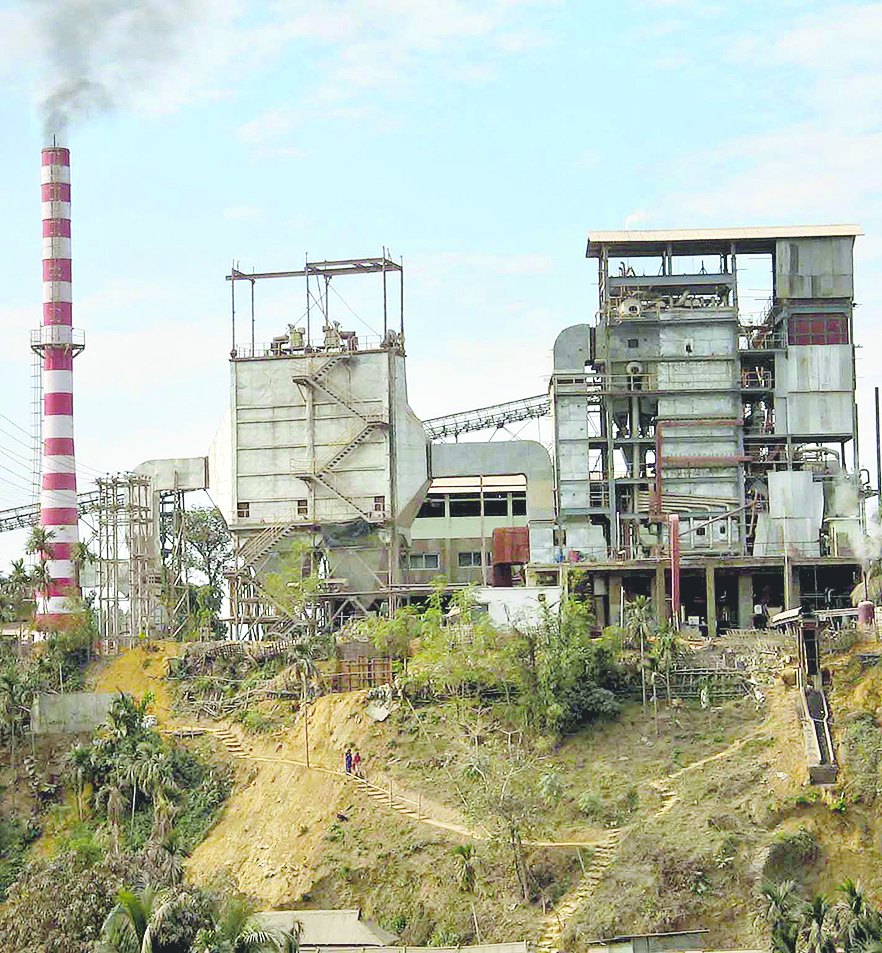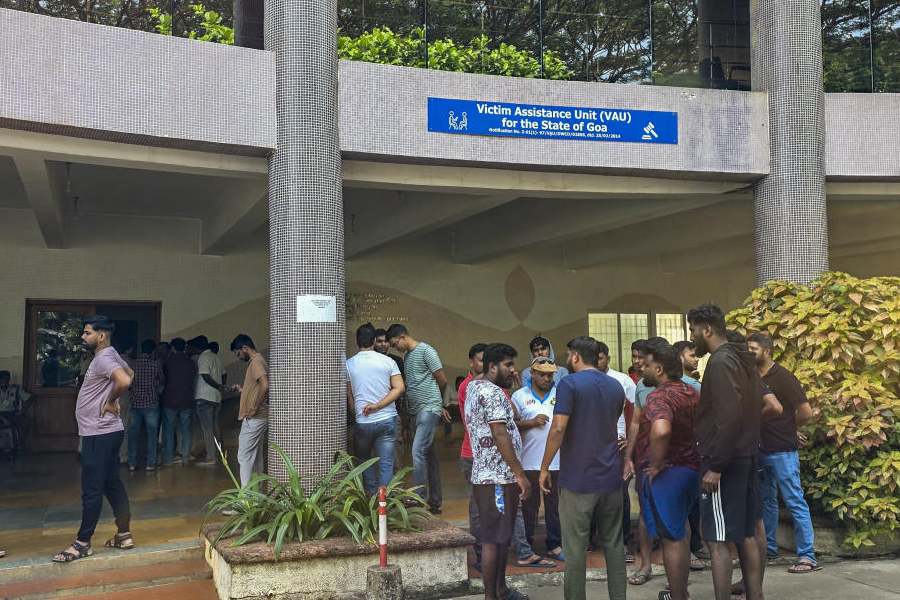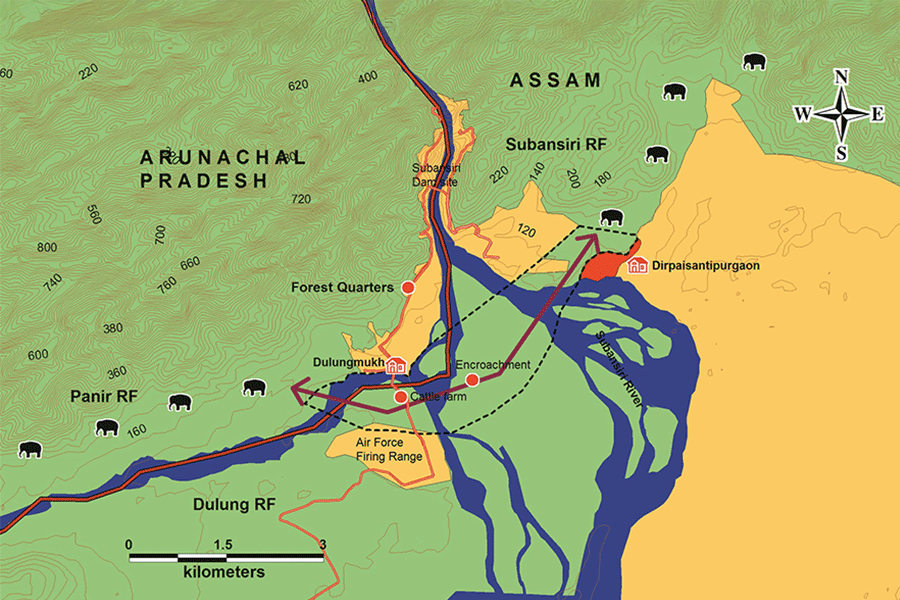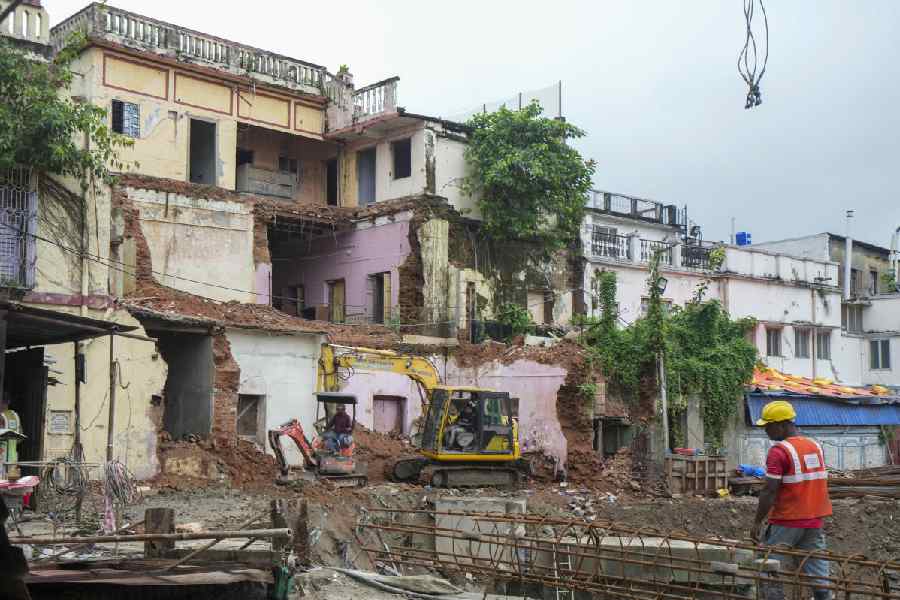
A young woman from Arunachal Pradesh recently refused to witness the Republic Day parade with Barack Obama as chief guest after she was stopped by the Delhi police and asked if she was Indian. The policemen can be forgiven after what Delhi's leaders from the Bharatiya Janata Party have done. The party's vision document issued before the elections in Delhi described people from the Northeast as "immigrants". That has led some to file a case in Assam against senior BJP leaders like Harsh Vardhan and Kiran Bedi, accusing them of "promoting enmity between different ethnic groups on grounds of race" under Section 153A of the Indian Penal Code . The BJP leaders have dismissed this as an inadvertent slip - but surely this does prove a point about their awareness levels regarding a part of India that has been troubled by 60 years of conflict. Little do they realize that this will make Northeastern separatist leaders, like Ulfa's Paresh Baruah, happy for obvious reasons.
That lack of awareness has unfortunately been reflected in the BJP government's policy on the Northeast. The "Act East" slogan of the prime minister, Narendra Modi, has been followed by some welcome urgency to crucial infrastructural projects that had suffered long delays under the previous Congress-led United Progressive Alliance regime. The broad-gauge conversion of railway tracks on the Lumding-Silchar-Agartala route is one such project that is nearing completion. But unless the railways can find the funds to put Manipur on the railway map of the country soon enough, the Delhi-Hanoi rail connectivity will remain a cliché that one gets to hear about at seminars on trans-regional cooperation. Modi has also infused a sense of urgency in two other projects - the Asian Trilateral Highway that will connect Moreh on the Manipur-Myanmar border with Mae Sot in Thailand and onwards and the Kaladan Multi-modal transit transport project. The modernized Sittwe port will be opened to traffic this summer and the Kaladan river dredging for onward shipments to Mizoram will be completed not long after. That will ensure Indian presence on Myanmar's Arakan coast.
But can India really "act east" simply by having a transport infrastructure in place? We need that for sure, but we need to know what kind of a game to play with those roads, waterways and railways. If the entire Look East (now Act East) policy is to situate the Northeast at the heart of our engagement with neighbours to boost the economy of the remote frontier region, Delhi needs to first develop manufacturing in the region by encouraging both Indian private capital and foreign direct investments there. This is like China first developing Yunnan as a manufacturing hub, making it part of its " Develop West" policy, and then starting to use the huge province to connect to neighbours in the wide arc between Vietnam and India. But investments in manufacturing in a remote region like Northeast will flow only if there are major markets in sight. So, India will have to be open to the possibility of access to the Chinese markets in the Northeast, and also allow major Chinese investments in the region. For that, India will have to take the Bangladesh-China-India-Myanmar and the Kolkata-Kunming processes seriously - which is not the case at the moment. Agreeing to open the BCIM corridor from Calcutta to Kunming will attract not only Chinese but also Japanese and Western capital to the Northeast and Eastern India because positioning a manufacturing unit in this corridor will be one sure way of accessing both the Chinese and the Indian markets apart from the significant markets in Bangladesh and Myanmar.
So, what we need is a clear investment policy for the Northeast and not merely the transport infrastructure across the region and its neighbourhood. To turn the Northeast into a zone of growth with major manufacturing units, Delhi would need to work on settling the region's festering insurgencies. Failure to resolve them also sits uneasily with India's ambition to gain a place at the global high table that Modi desperately and rightly seeks for the country. So, resolving the insurgencies in Nagaland, Manipur and Assam should be top priority for the Modi administration if we have to see some positive movement on Act East. How can we have a major international highway like the Asian trilateral highway passing through an area where riots between Bodos and non-Bodos, or a long drawn highway blockade by Naga groups, could obstruct movement for days, or sometimes months? Leaders of the Nationalist Socialist Council of Nagaland like Isaak Muivah learnt their guerrilla warfare in China, but during the last 17 years of tortuous negotiations with India, they have learnt the politics of dharnas or blockades rather well.
Modi will, therefore, have to accord top priority to coming up with solutions to the vexed Naga problem and translate 17 years of negotiations into a successful Mizoram-style accord that will endure. Negotiations with other pro-talks groups like the National Democratic Front of Bodoland and Ulfa will also have to be carried to their logical culminations. Finally, Modi will have to get the Meitei insurgent groups on the table. Manipur is India's gateway to southeast Asia and disturbed conditions there augurs ill for our Act East policy. Very often, Indian agencies practise, deliberately or inadvertently, a policy of drift after they have managed to bring insurgent groups to the table - that will have to change. The Modi administration will have to work out a time frame on all these negotiations to translate them into durable peace-building.
Peace in the Northeast, along with proper infrastructure, will generate investment, after which we can expect investments in manufacturing and services to flow into the region. That will give us much to export to China and southeast Asia. Seeing the Northeast just as a transport corridor for Indian industry will do little to boost development in the region. If that attitude does not change, and if we are not opening out to China (whose ports in the east are far away from Indian shores), Indian industry will be less than inclined to go through the Northeast because the sea-route is more cost-effective if we look East only to southeast Asia. The Modi administration will have to figure out these links in a comprehensive policy framework if they have to get Act East going.











